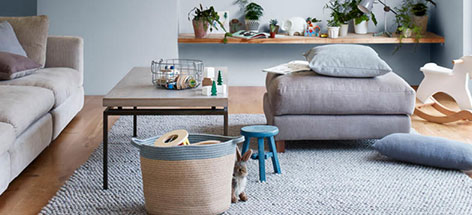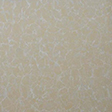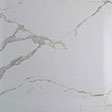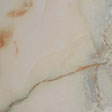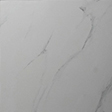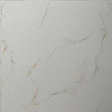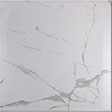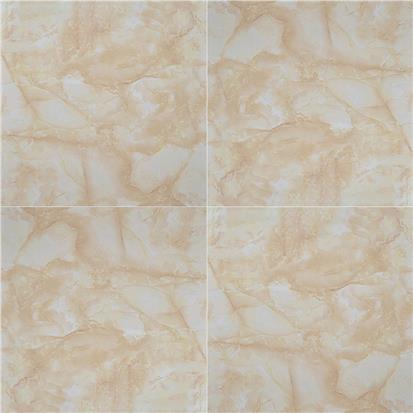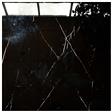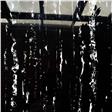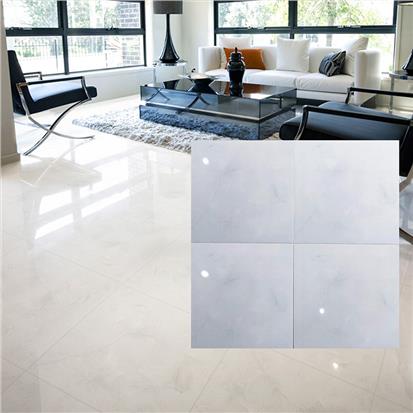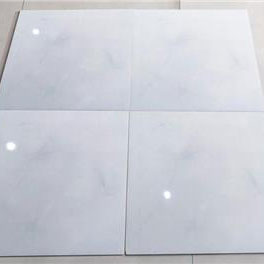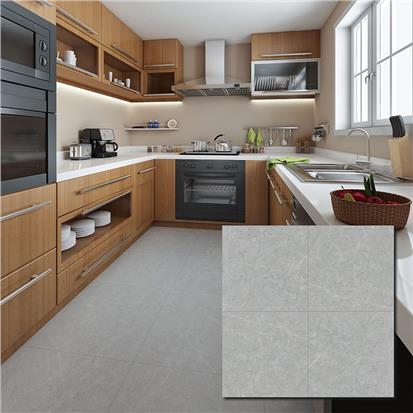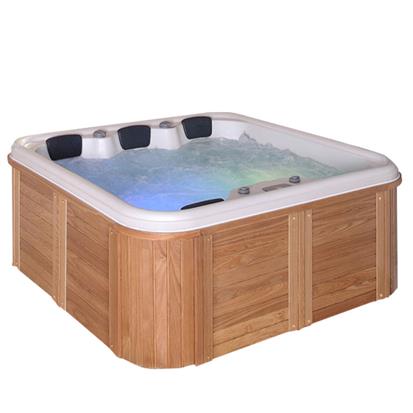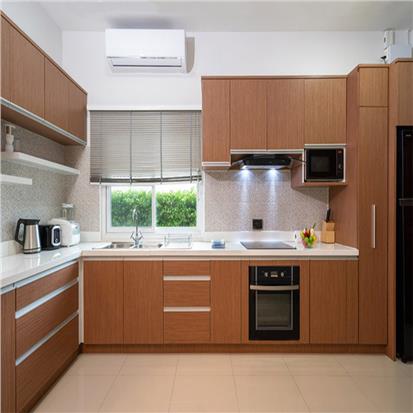Tile is an essential main material in the renovation process, if the house is installed after a problem such as tile, a replacement will not only trouble there will be colour differences and other problems, so it is best to do your homework before the renovation, prevention is better than cure, here to share with you the classification of tile, purchase and tiling considerations.
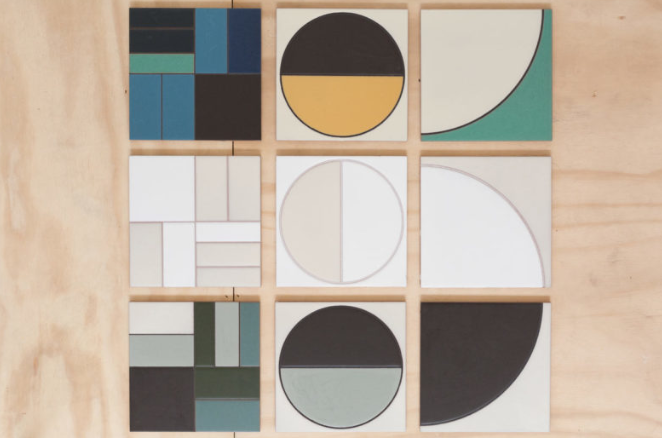
Tile Selection Guide - Tile Classification, Purchase, Specification Classification, Tiling Process & Notes
The classification of tiles
Tile can usually be divided into glazed tile, solid tile, polished tile, glass tile and mosaic several.
1. glazed tiles
Material is more sparse, because the price is cheaper, the use is also very wide, like the market so many colorful antique tiles, most are this. Because of the rich color pattern, and stain resistance, so it is widely used in wall and ground decoration.
2. through body tiles
The surface is not glazed, and the front and reverse side of the material and color consistent, good wear resistance, so basically be used for outdoor, public area corridor light, the price is much lower than the stone, is a good substitute for stone.
3. polished tiles
Is the brick after polishing the brick, in addition to the bathroom, kitchen, can be used as other areas, such as living room floor.
4. glass tile
Glass tile is made of quartz sand, mud in accordance with a certain proportion of firing, is the surface of the body of the brick body after polishing a bright brick, only polished bright without polishing, the surface is as smooth and translucent as a glass mirror, is the hardest of all tiles. Water absorption of less than 0.5% of ceramic tiles are called glass tiles, and now most of the home furnishings are using glass tiles.
5. mosaic
Mosaic tile is generally composed of dozens of small pieces of tiles to form a relatively large tile, it is small and exquisite, colorful features are widely used in small indoor ground, wall and outdoor large and small wall and ground. However, the mosaic sporadic shedding or rupture, is also the main problem that plagues many people subsequently.
Tiles selection method
Selection of tiles, in addition, to consider with the style of home decoration, but also consider its slip resistance, stain resistance and other issues. Generally speaking, most tiles are very easy to take care of, especially the surface glazed tiles, as if the tile surface is with a layer of glass, cleaning is quite easy. Polished tiles are a little less stain-resistant, but their surface has a layer of dirt film. For slip resistance in the same conditions, matte tile > glazed tile > polished tile > microcrystalline tile.
1. The flatness of the tile
Identifying the tile good or bad can look at whether the surface of the tile is flat and intact. Tile surface finish, the pure colour surface without small sand eyes and pitting products are better. Tile glaze should be uniform, bright, with no spots, lack of glaze, or bumping phenomenon, around the edge of the regular, if the glaze is not bright, astringent, or bubbles are quality problems.
2. The size of the error of the tile
Take two tiles aligned, the smaller the gap between the tiles the better. Put the tiles one by one vertical, compare the size of the tiles are consistent, small tiles deviation allowed in plus or minus 1 mm, large tiles allowed in plus or minus 2 mm. If the pattern tile, should also look at the brick pattern be articulated, and clear.
3. The sound of the tile is crisp
Tap the brick surface with your fingers, if the sound of the brick is crisp, and loud, indicating that the brick quality is good; if the sound is abnormal, indicating that the brick within the heavy skin or crack phenomenon: heavy skin is the brick forming, material air is not discharged, resulting in material and material between the combination of bad, internal crack, from the surface can not be seen, only listen to the sound to identify.
4. look at tile water absorption rate
Generally speaking, the lower the water absorption rate of tiles, representing the higher the inherent stability of tiles, which will not produce black spots and other problems. The common method to test the water absorption rate of tiles is to pour water on the back of the tile, slow penetration or even no water seepage tile quality is better, and vice versa is not good. But it should be noted that in general, the floor tile water absorption rate is low, and the wall tile water absorption rate is relatively high because the wall tile needs a certain water absorption rate to ensure that the cement mortar and wall better fit so that the paving is more solid, reduce the porcelain tile drum rate.
5. look at the brand
Big brand of tile class glaze and processing technology is more scientific and stable, better quality. There are living in a hundred plus decoration packages with tiles are Dongpeng, Marco Polo and other major brands.
Tile specifications classification and use
1. Living room tile specifications
Living room tile general specifications for 1000 * 1000, 800 * 800, 600 * 600 Now most construction using 800 or 600, 1000 material costs and construction costs are higher, and ordinary home furnishings without a large space, but also can not show 1000 effect, home furnishings 800 more commonly used, 600 suitable for small homes and corridor paving.
2. Kitchen tile specifications
Kitchen tiles commonly used specifications for 600 * 300, 450 * 300 antique series gap, mostly 200 or other specifications, but its construction costs are more expensive, and the need to leave seams and landscaping treatment to show more paving effect, ordinary home furnishings more use 600 * 300 tiles.
3. Bathroom tile specifications
The same wall and kitchen for 600 * 300, the ground is recommended to use 300 * 300 or less. Because the bathroom floor needs drainage slope processing, such as tile selection is too large, worker's construction can not do a good drainage effect. Balcony selection and tiling with the bathroom floor.
Tile paving process and precautions
1. Living room tiling
Living room paving ground, it is recommended to schedule in advance to avoid the appearance of the corridor can not affect the beauty of the seam. Tiling should first soak the ground tile shade dry, the grass-roots level needs to be cleaned up. When tiling, cement mortar should be full of smears on the back of ceramic floor tiles, paving with a rubber flogger to knock solid, and check with a level to correct the four corners. After tiling for 2 to 3 hours, use white cement or caulk to wipe the seams.
2. Wall paving should pay attention to the grass-roots wall
Such as the grass-roots level for the new wall, to be seventy to eighty per cent dry cement mortar and then paving; such as walls for concrete or other smooth walls, the need for wall brushing or chisel hair treatment because of the smooth wall to cement paving tile adhesion will have a serious impact on shedding drums, etc..
3. High water absorption of tiles to soak before laying
There are many tiny gaps inside the tile, and it is a certain degree of water absorption, if not soak or soak water is not sufficient to directly pave, the tile will be cement paste moisture absorption so that the tile and cement connection part of the gap, the bond is not firm, resulting in drums and tiles off and other problems. High water absorption of tiles generally has to be soaked, for example, porcelain tiles, small-size antique tiles and other tile products close to the ceramic must be soaked; low water absorption is less than or equal to 0.5% of the tiles do not need to be soaked.
Tile soaking, the tile needs to be completely immersed in water, do not use the hose simply drench the tile, because this way of wetting does not allow the tile fully soaked, and tiling is likely to have various problems. During the soaking time, due to different tile absorption rates is different, there is no specific standard, but the end result is to try to let the tile drink water until the tile surface is no longer bubbling.
4. Tile paving needs to leave a seam
Tile must be left seam, tile although the physical properties of more stable materials, it will still produce a variety of expansion because of changes in temperature, and humidity; tile paving cement mortar dried with the same force. If the tile seam will lead to the role of adjacent tiles between, and hollow drums, deformation, cracking, popping edge and even fall-off problems, may arise. Leave seams can not only avoid the above problems but can also reduce the impact of tile errors and construction errors.
Buy cheap tiles China from hanseceramictile.com, with constant delivery and high quality!
 EN
EN FR
FR PT
PT AR
AR
